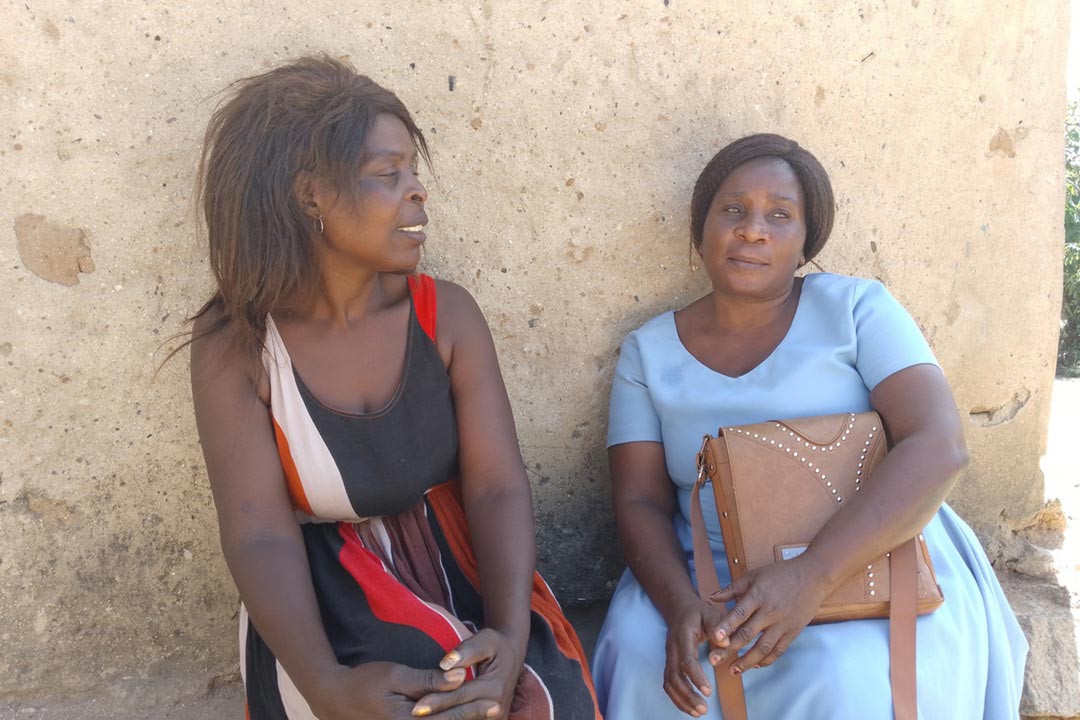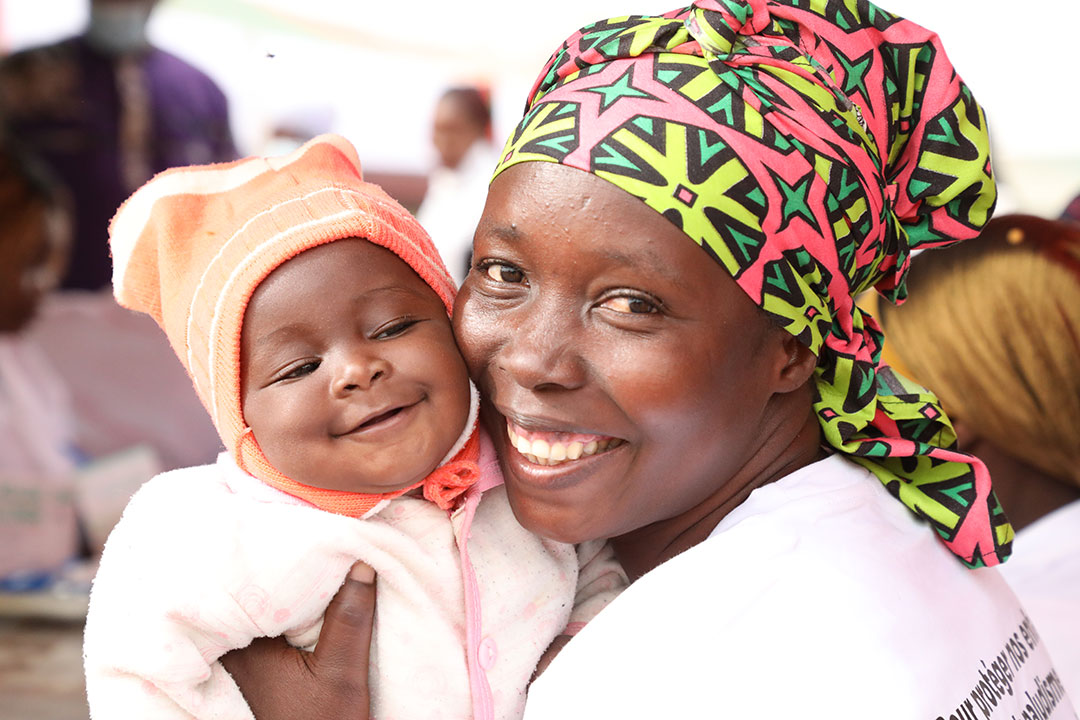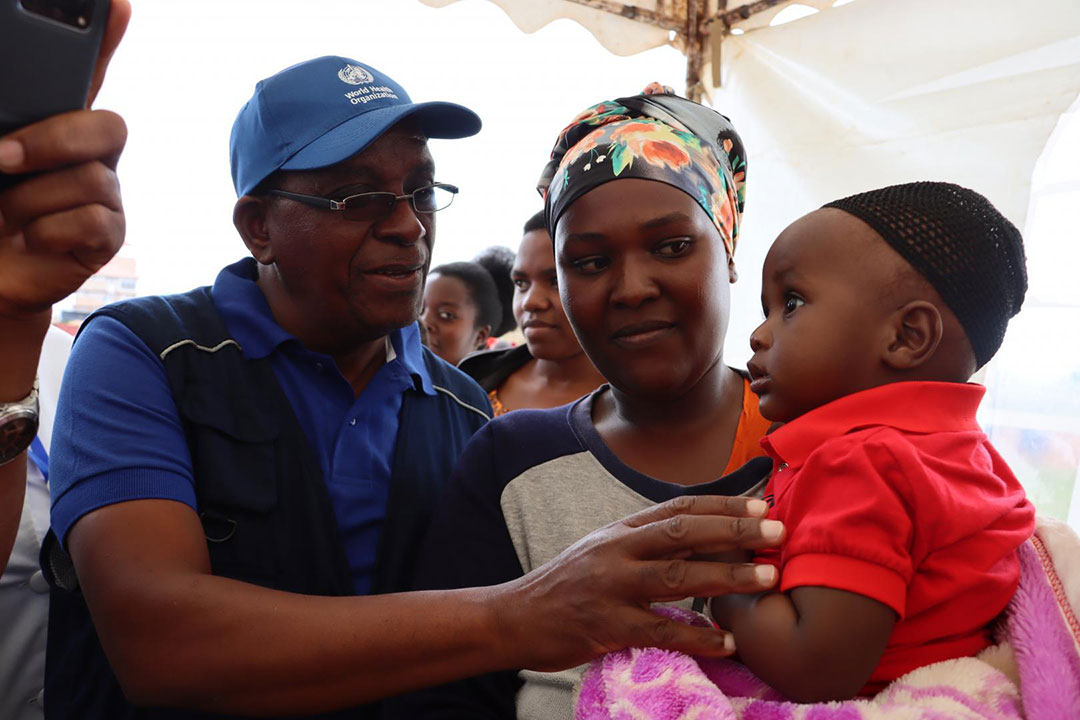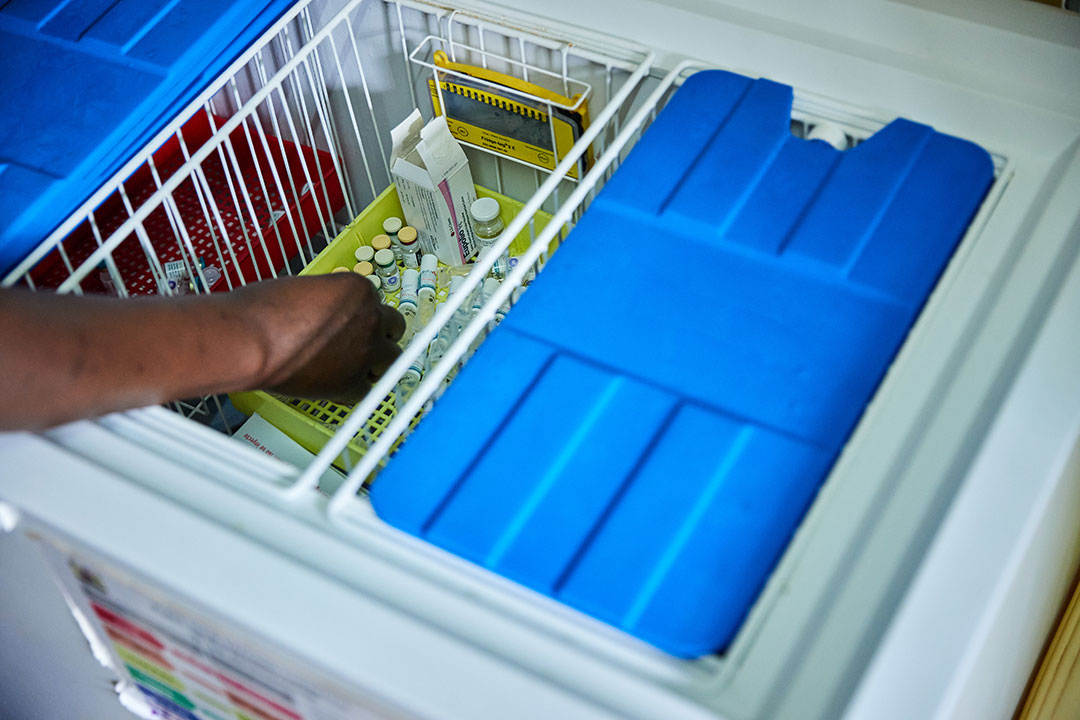Is the big immunisation bounce-back happening?
The pandemic saw an unprecedented drop in immunisation coverage as health systems were refocused towards COVID-19. Recovery now needs to be the priority; could we be seeing signs of recovery?
- 12 June 2023
- 8 min read
- by Gavi Staff

Within a month and a half of the World Health Organization's first designation of COVID-19 as a pandemic, a nomenclature Dr Tedros Adhanom Ghebreyesus described as an "alarm bell", UNICEF and Gavi were sounding a second epidemiological warning siren.
"Millions of children are in danger of missing life-saving vaccines against measles, diphtheria, and polio due to disruptions in immunization services," a statement issued by the organisations in April 2020 read. Twenty-five countries had, by then, shelved mass measles campaigns out of respect for pandemic guidance. Most countries had halted polio immunisation drives.
The losses were grave, but the signs of recovery – visible, here and there, from the early post-lockdown period, like green shoots after a blaze – were encouraging.
The sirens continued to wail; the immunity gap continued to grow. In May, a UNICEF, WHO and Gavi pulse survey found that 75% of responding countries reported COVID-19-related disruptions to immunisation programmes. By July, WHO and UNICEF were reporting that preliminary data suggested drop-offs in coverage with the third dose of diphtheria, tetanus and pertussis vaccines (DTP3), conventionally used as a stand-in for immunisation coverage in general. "This is the first time in 28 years that the world could see a reduction in DTP3 coverage."
When 2021's immunity gap was quantified definitively, the picture was bleak: DTP3 coverage had fallen a full five percentage points between 2019 and 2021, meaning that 25 million children had missed out on one or more doses of DTP through routine immunisation services. "It was hoped that 2021 would be a year of recovery during which strained immunisation programmes would rebuild and the cohort of children missed in 2020 would be caught up. Instead, DTP3 coverage was set back to its lowest level since 2008," the WHO statement announcing the annual data read. 18.2 million children globally now qualified as "zero-dose" – a critically vulnerable category, unprotected by even a single DTP jab.
Low vaccine coverage causes outbreaks to spike
What those figures meant was that in many places, collective defences were critically damaged. Outbreaks of vaccine-preventable diseases were expected, and they came.
By late April 2022, the worldwide measles case count was spiking by an alarming 79%. The highly contagious viral infection moves incredibly quickly. In Kenya's north-eastern Mandera County, VaccinesWork met Deka Dekar, a mother who lost two children to the virus in a 2022 outbreak. "I'm in pain for losing my two kids," she told our writer, as she worked with health workers to raise awareness of the need for immunisation. "I will not allow another mother to lose her children when we have vaccines."
In densely-populated Thane, western India, VaccinesWork reporters visited a measles ICU which treated 177 critically ill children during an epidemic that raged in late 2022 and early 2023. "In the past we have seen some scattered cases here and there," said Professor Vandana Kumavat, head of Paediatrics at the hospital, "but never to such a magnitude." "Can you bring back my child?" said Rakhiya, the grandmother of Arhad Khan, an unvaccinated boy of not quite two, who died in the Thane ICU in November of measles-linked bronchopneumonia and septicaemia.
From the knife-edge of worldwide eradication, wild polio returned to south-eastern Africa, with a first case confirmed in Malawi in February 2022, where the virus hadn't been seen for decades. "I can say it seemed like the sky was falling in on our heads," polio expert Dr Modjirom Ndoutabe of the WHO Regional Office for Africa told VaccinesWork. "This is the most touching thing in the 15 years of my community health career," Chikondi Nenani, a Health Surveillance Assistant (HSA) from Malawi's Phalombe district, told our reporter. By October, several children were found to have been paralysed by the long-absent wild virus in neighbouring Mozambique.
Diphtheria, too, flared up here and there. In Kano, Nigeria, after three-year-old Aliyu Buba barely survived his brush with the strangulating bacterial infection, his mother, Salamatu, told a VaccinesWork reporter, "By the time we got to the hospital, his condition had worsened. His breathing became fast and almost irregular. The prompt intervention of the doctors and nurses saved his life." Many were not as lucky: between May 2022 and April 2023, 73 people across Nigeria died of the preventable infection.
Green shoots begin to emerge
The losses were grave, but the signs of recovery – visible, here and there, from the early post-lockdown period, like green shoots after a blaze – were encouraging. One-third of Gavi-supported countries saw routine immunisation rates increase already in 2021 compared to the previous year. More were on the road to repair.
Pakistan's bounceback
Those gains were a function of the dedication and resilience of health systems. After Pakistan managed, in 2021, to drive its zero-dose child tally back down almost to 2019 levels, and bring its DTP3 coverage back up to within a percentage point of pre-pandemic standing, Dr Faisal Sultan, former Special Assistant to the Prime Minister on Health told VaccinesWork: "These are not accidental trends. It reflects diligence, commitment and capability of the entire chain, from top to bottom and in all directions around." Accounting for Pakistan's rapid recovery, Dr Soofia Yunus, then Director General of the Federal Directorate of Immunization, said "I think the dedication of the frontline workers must be kept on the foremost."

Credit: Gavi/2020/Asad Zaidi
Chad increases coverage through the pandemic
Chad caught up quick – and then some. DTP3 coverage increased from 50% in 2019, to 58% in 2021, and Gavi voices lauded the country's deepening investments in its immunisation system, including the cold chain and vaccine purchasing. "I think the injection of 235 healthcare workers at the start of the pandemic really helped to ensure that [Chad's] workforce is there to deliver the strategy and continue to engage in routine vaccination," said Amy LaTrielle, who leads Gavi's fragile and conflict-country programmes.
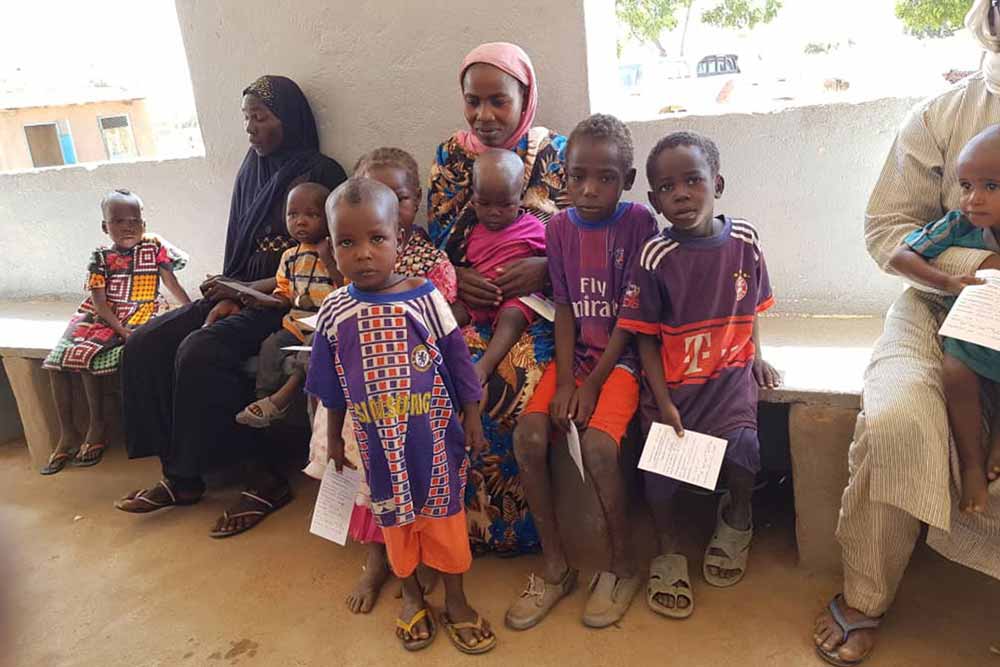
Credit: Gavi/2018/Chad
India's Intensified Mission Indradhanush
The world's most populous nation, India, whose pandemic-era missed children accounted for 15% of the world's total, played catch-up in mission mode. "It was really arduous work for us," said a health worker from Dhampur in Uttar Pradesh of 2022's Intensified Mission Indradhanush, an all-out vaccination sprint. But the hard work worked: by the end of the campaign, six million more children India-wide had been reached with vaccines. "If the vaccination was not done in the form of a campaign, these children would have been left out forever," Dr Ashok Kumar, immunisation officer for Bijnor district told a VaccinesWork reporter.
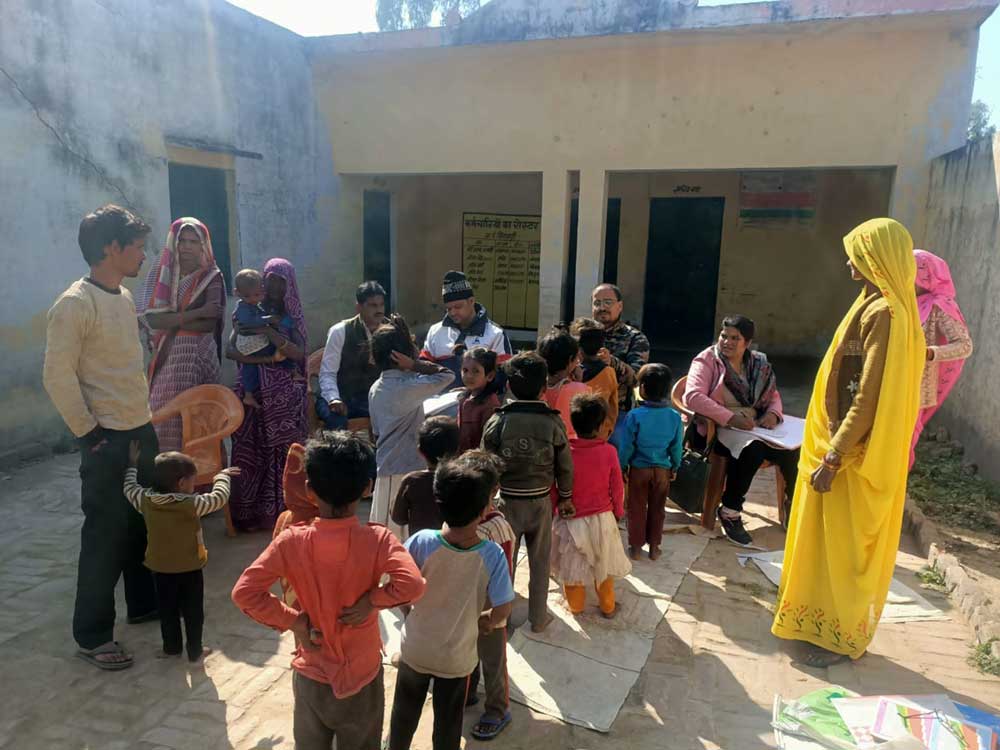
Credit: Divya Rai
COVID-19 boosts commitment to immunisation
In some places, like in Bangladesh, there were signs that the fight against COVID-19 had deepened public interest in vaccination more broadly. In India's Thane, where the health system managed to vaccinate 80,000 children with the measles rubella jab in just two months, curtailing the outbreak that killed Arhad Khan, VaccinesWorkheard from municipal public health leaders that the pandemic had had a two-pronged effect. It had tanked immunisation levels, setting the stage for the deadly epidemic, certainly – but at the same time, the experience of weathering COVID-19 had appeared to generate unprecedented and widespread political commitment to health.
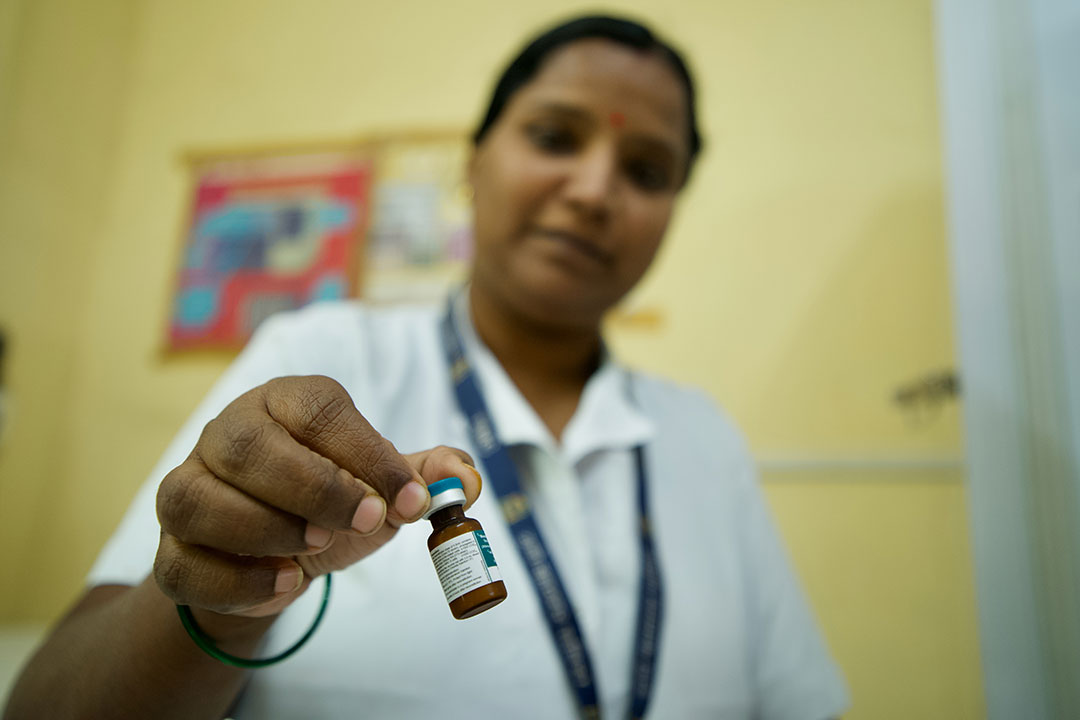
Credit: Gavi/2023/ Prakhar Deep Jain
Zimbabwe's church groups join the fight
In Zimbabwe, which suffered post-COVID measles spikes, vital new community voices joined the pro-vaccine chorus to combat risky hesitancy trends. The Apostolic Women Empowerment Trust (AWET), notably, partnered with UNICEF to train behaviour change facilitators and community point persons. "Personally, I had fears, because growing up, we were of the belief that taking vaccines was getting the biblical mark of the beast," said Apostolic church member Rumbidzai Shayanewajo, mother of four, in an interview with VaccinesWork. "I am happy that our church leaders who had not been tolerating immunisation are now encouraging us to take our children to clinics."

Credit: AWET
Ghana takes to the skies
Elsewhere, recovery-boosting innovations had a techier glint. In Ghana's forested Western North region, remote, hard-to-access health centres served by Zipline's medical delivery drones saw a steeper comeback from pandemic immunisation coverage lows than their traditionally-served counterparts. "It's that simple," said Richard Junior Mensah, Senior Community Health Nurse at Asawinso Health Centre, retrieving a drone's consignment, which had floated down to earth by parachute, when VaccinesWork visited. "Mothers feel at ease knowing they won't endure hours of waiting. The vaccines arrive quickly, we care for their children, and they can quickly resume their daily routines."
Pakistan's new health helpline
In Pakistan, a first-of-its-kind, multilingual health helpline called Sehat Tahaffuz allowed citizens to dial in for clarity and reassurance about immunisation – a port in the pandemic-era information storm. It began as a COVID-19 response measure: "It was a frenzied environment nationwide, and 1166 was the only communication channel available to the public," call centre manager Huma Shaukat recalled. Soon, it found a wider purpose, supporting other vaccination campaigns. "We have witnessed the value of this platform over and over," Gavi's Mario Jimenez said.
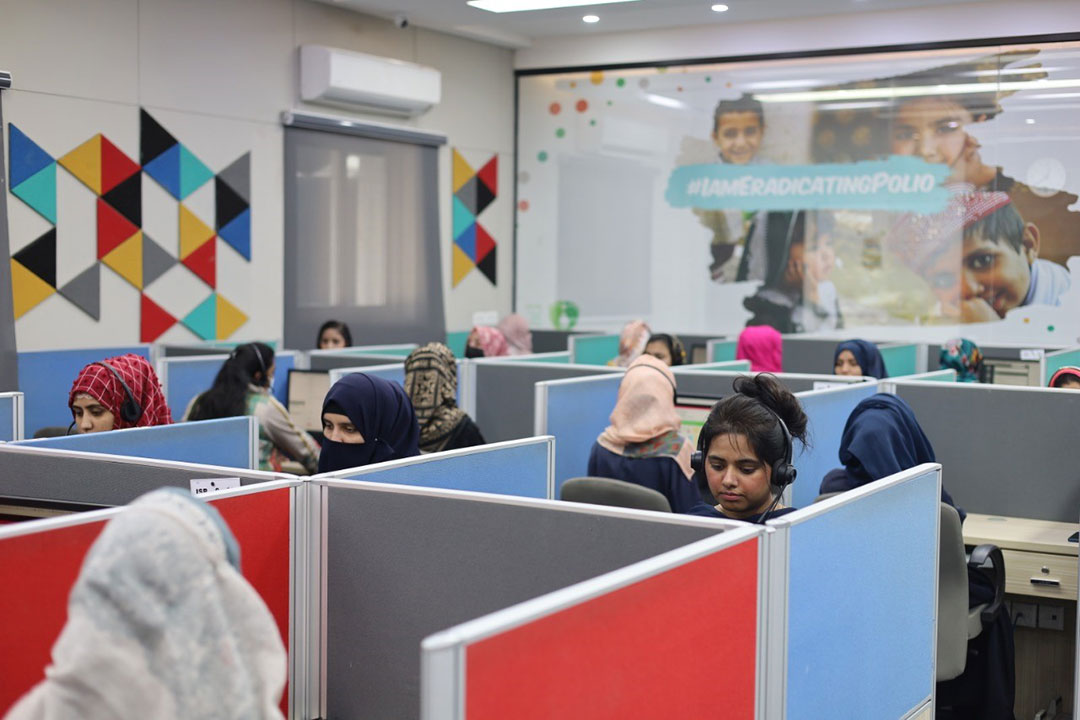
Credit: Huma Khawar
Heroic health workers
Health programmes around the world have generated new ideas to meet pandemic pressures. But in many places, recovery has relied less on leapfrogging innovations than on more literally pedestrian progress. In Buluganya subcounty near Mount Elgon in Uganda, VaccinesWork met Agnes Namboozo, who earned plaudits from health minister Jane Aceng when a video of her ascending a rickety, metres-long ladder to get to a remote hilltop community surfaced online. "I had to do this," Namboozo told our reporter simply. "I didn't have an alternative route." By 2021 Uganda's coverage with DTP3 had climbed back up to 91% from a 2020 low of 89%.
Health care workers like Namboozo, or Michelline Uwimana from Uganda's mountainous Kisoro, who hikes hours to reach the communities she serves, or Meseret Belay from Ethiopia's Ambassel district, or health care workers Fatima and Suleman, trekking through the snow in the Indian Himalayas, or Nura Hassen on the northern border of Eritrea, or Buoy Chol Deng, originally from Sudan, serving refugees in Kenya's Kakuma camp, or, for that matter, the countless other frontliners VaccinesWork has been able to interview, have carried their communities' catch-up efforts on their shoulders.
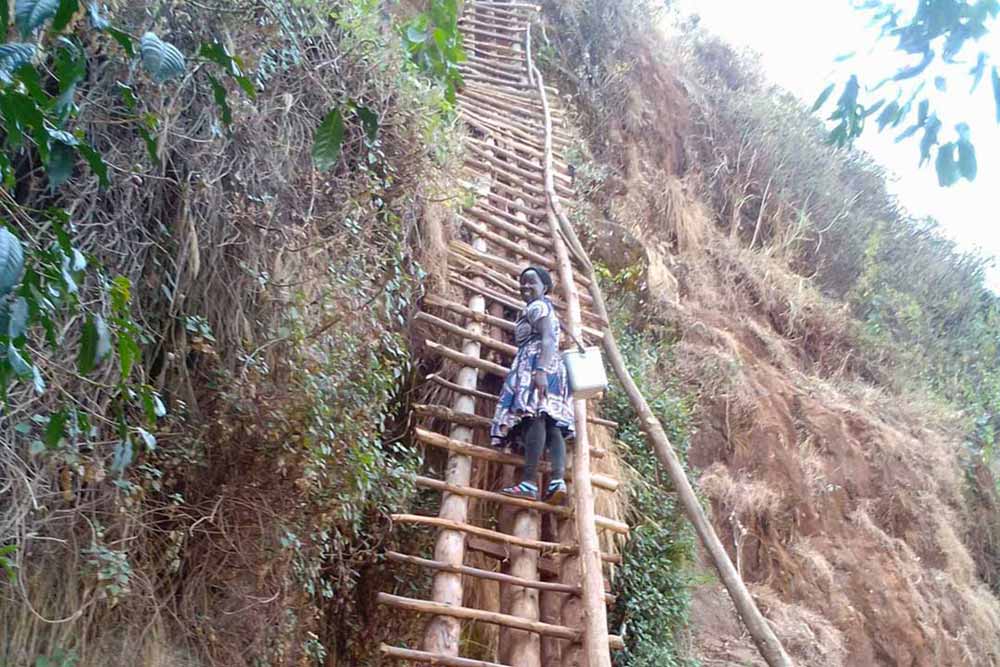
Credit: Jack Nasolo
